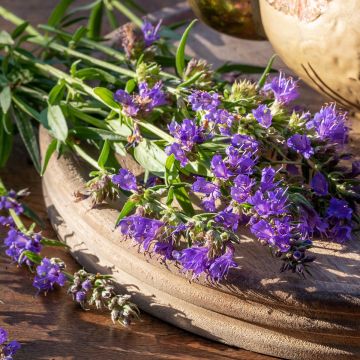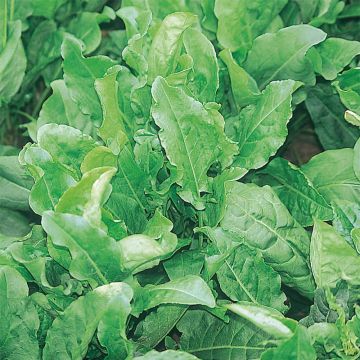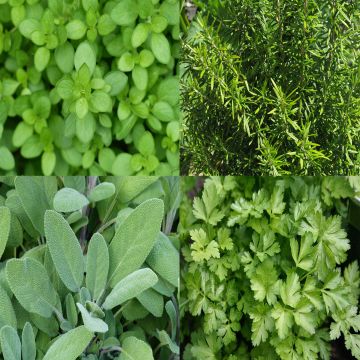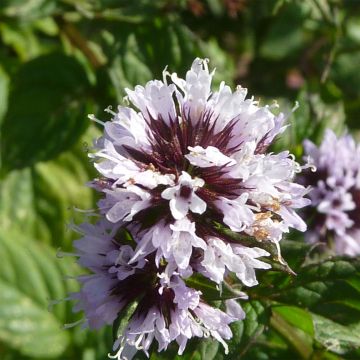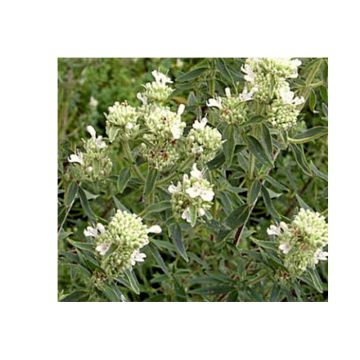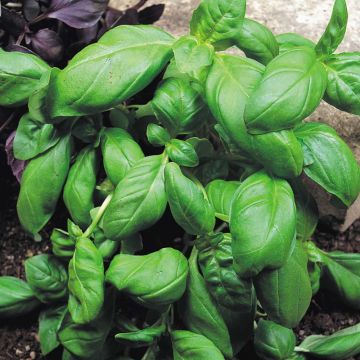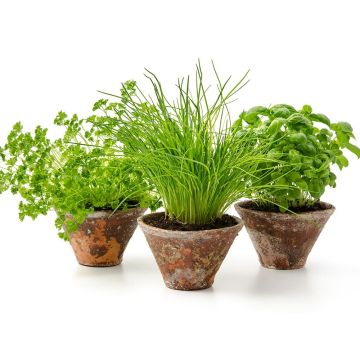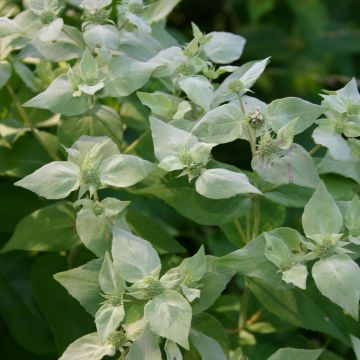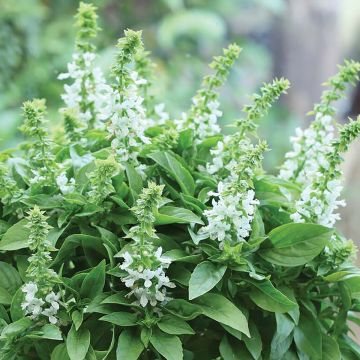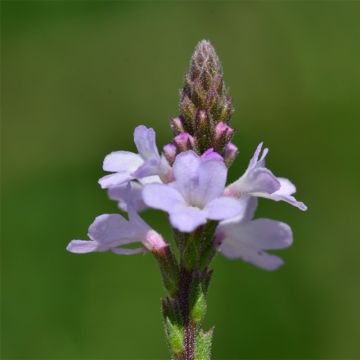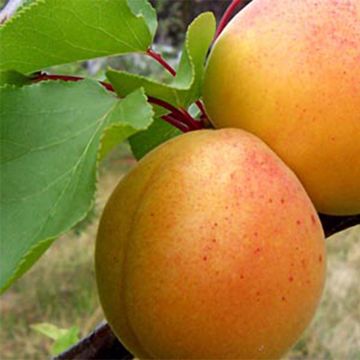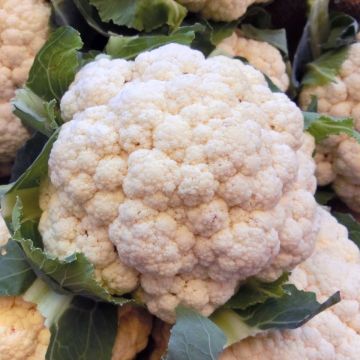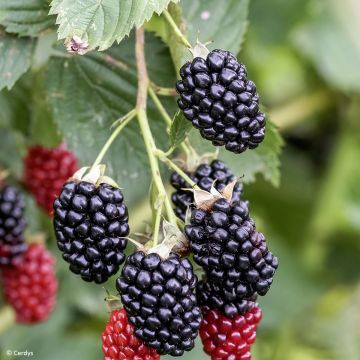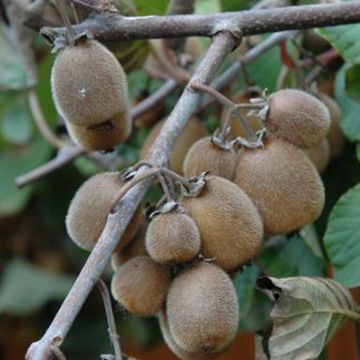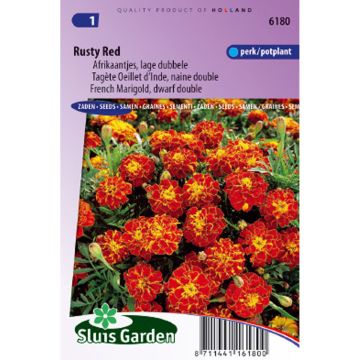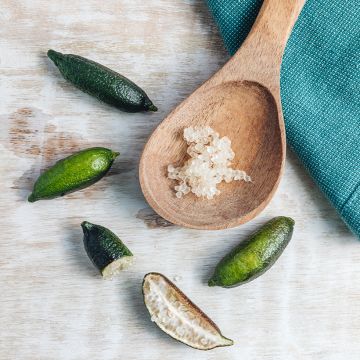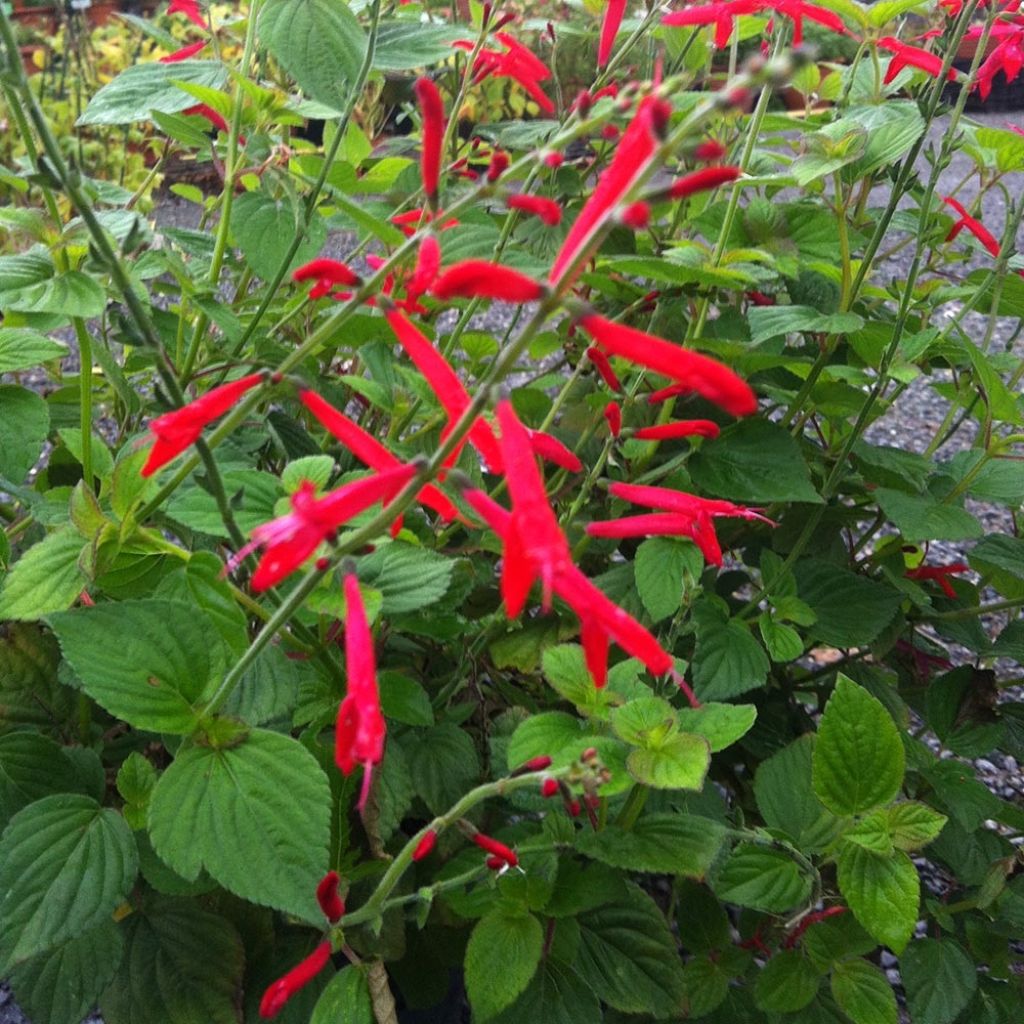

Sauge Tangerine goût d'orange - Salvia elegans
Salvia elegans Tangerine
Salvia elegans Tangerine
Tangerine Sage
I'm sorry, but the phrase "plante morte" does not provide enough context to accurately translate it. Could you please provide the full review or a more detailed description of the situation so that I can accurately translate it for you?
pat, 29/04/2024
This item cannot be shipped to the selected country
Delivery charge from €5.90
Delivery charge from €5.90
Delivery to Corse prohibited
More information
Schedule delivery date,
and select date in basket
This plant carries a 6 months recovery warranty
More information
We guarantee the quality of our plants for a full growing cycle, and will replace at our expense any plant that fails to recover under normal climatic and planting conditions.
From €5.90 for pickup delivery and €6.90 for home delivery
Express home delivery from €8.90.
From €5.90 for pickup delivery and €6.90 for home delivery
Express home delivery from €8.90.
Delivery to Corse prohibited: UE law prohibits the import of this plant from mainland France to Corse as part of the fight against Xylella fastidiosa. Please accept our sincere apologies.
More information
Description
Salvia elegans 'Tangerine', or tangerine sage, is a variant of pineapple sage. Its foliage reveals a fragrance and flavour of citrus quite similar to that of an orange. It is a perennial plant with a woody base or an evergreen undershrub for mild climates. It is quite delicious. This sage is loved by gardener-cooks for its pleasantly aromatic light green foliage and for its large spikes of bright red flowers that appear, depending on the cultivation method, from late summer to autumn, and sometimes again in spring. While it is true that this plant is not very hardy, it is robust and easy to succeed in the sun, in well-drained soil. It will find its place in a large pot to be stored in winter in cold climates, or in sunny flower beds or herb gardens.
Salvia elegans, like all salvias, belongs to the Lamiaceae family. This perennial with creeping rhizomes is native to Mexico and Guatemala, where it colonises pine and oak forests at medium altitudes, which explains its low hardiness. This 'Tangerine' variety quickly forms a beautiful clump with a spreading habit composed of semi-woody and hairy stems carrying triangular, richly textured, bright green leaves. They possess a surprising fragrance and flavour, reminiscent of citrus fruits, especially oranges. The plant reaches a height of 80cm (32in) to 1m (3ft), sometimes more under the right conditions, with a minimum diameter of 80cm (32in) if not destroyed by frost. The nectar-rich and honey-scented flowering is also tasty. It is characteristic of short-day plants; it occurs in October or November, then in March, in open ground in mild climates or in a cold greenhouse in cold climates. A plant grown frost-free all year round can bloom as early as the end of August. The flowering spikes are upright and branched. They are slightly purplish square-sectioned stems, bearing long, slender tubular flowers in bright red, surrounded at the base by a sheathing bright green calyx. The hardiness of this species does not exceed -7°C (19.4°F), in a protected position and in dry soil during winter.
The ornamental qualities of tangerine sage make it a wonderful border plant. In nature, it grows in rather moist but well-drained soils, under a warm mountain climate. This generous and unique plant is perfect when planted with perennials or annuals, such as silvery-leaved shrubby mugworts, perennial chrysanthemums, and asters, for example. On a patio, place it in a large pot so that it is within reach when you cook, and store it away from heavy frosts in winter.
In the kitchen:
The finely chopped leaves can be used fresh or frozen in ice cubes. Use them in exotic dishes. The leaves enhance fish, pork, duck, and veal. They are suitable for both sweet and savoury recipes. Excellent herbal teas can be made from them and they add fragrance to fruit salads. The flowers are also edible and can flavour desserts, add a colourful touch to fruit salads, and brighten up cocktails, pastries, and sorbets.
Report an error about the product description
Salvia elegans Tangerine in pictures
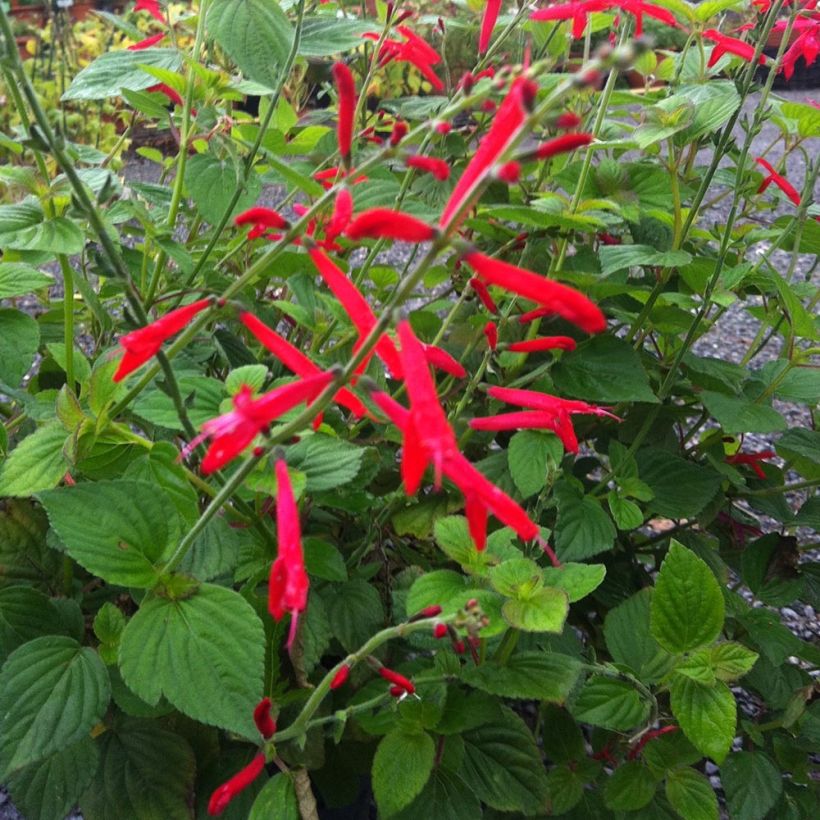

Harvest
Plant habit
Foliage
Other Herbs A to Z
Planting and care
It appreciates light, well-drained, rich, not too dry soil. Plant it in full sun. Planting should be done in spring, from March to June. Planting in open ground should be reserved for the mildest regions, as this tender plant does not withstand frost below -5°C (23°F), provided that the soil is dry.
In open ground: Space the plants 50cm (20in) apart in rows and 80cm (32in) between rows. Dig a hole (3 times the volume of the root ball), place the root ball and cover with fine soil. Firmly press down and water. Regularly hoe and weed, especially at the beginning of cultivation.
Add well-rotted compost every year. To protect from the cold, apply mulch.
In a pot: Place a layer of gravel or clay balls at the bottom of the pot to facilitate drainage. Fill the pot with a mixture of potting soil, garden soil, and sand. Place the root ball, cover with soil and firm. Water. Place the pot in the sun and bring it indoors in case of frost.
During cultivation, water moderately as sage is sensitive to excess humidity. In pots, watering should be regular but spaced out, and water should not stagnate in the saucer.
Prune lightly at the end of winter to maintain its bushy habit.
Cultivation
Care
Intended location
-
, onOrder confirmed
Reply from on Promesse de fleurs
Themed vegetable gardens
Haven't found what you were looking for?
Hardiness is the lowest winter temperature a plant can endure without suffering serious damage or even dying. However, hardiness is affected by location (a sheltered area, such as a patio), protection (winter cover) and soil type (hardiness is improved by well-drained soil).

Photo Sharing Terms & Conditions
In order to encourage gardeners to interact and share their experiences, Promesse de fleurs offers various media enabling content to be uploaded onto its Site - in particular via the ‘Photo sharing’ module.
The User agrees to refrain from:
- Posting any content that is illegal, prejudicial, insulting, racist, inciteful to hatred, revisionist, contrary to public decency, that infringes on privacy or on the privacy rights of third parties, in particular the publicity rights of persons and goods, intellectual property rights, or the right to privacy.
- Submitting content on behalf of a third party;
- Impersonate the identity of a third party and/or publish any personal information about a third party;
In general, the User undertakes to refrain from any unethical behaviour.
All Content (in particular text, comments, files, images, photos, videos, creative works, etc.), which may be subject to property or intellectual property rights, image or other private rights, shall remain the property of the User, subject to the limited rights granted by the terms of the licence granted by Promesse de fleurs as stated below. Users are at liberty to publish or not to publish such Content on the Site, notably via the ‘Photo Sharing’ facility, and accept that this Content shall be made public and freely accessible, notably on the Internet.
Users further acknowledge, undertake to have ,and guarantee that they hold all necessary rights and permissions to publish such material on the Site, in particular with regard to the legislation in force pertaining to any privacy, property, intellectual property, image, or contractual rights, or rights of any other nature. By publishing such Content on the Site, Users acknowledge accepting full liability as publishers of the Content within the meaning of the law, and grant Promesse de fleurs, free of charge, an inclusive, worldwide licence for the said Content for the entire duration of its publication, including all reproduction, representation, up/downloading, displaying, performing, transmission, and storage rights.
Users also grant permission for their name to be linked to the Content and accept that this link may not always be made available.
By engaging in posting material, Users consent to their Content becoming automatically accessible on the Internet, in particular on other sites and/or blogs and/or web pages of the Promesse de fleurs site, including in particular social pages and the Promesse de fleurs catalogue.
Users may secure the removal of entrusted content free of charge by issuing a simple request via our contact form.
The flowering period indicated on our website applies to countries and regions located in USDA zone 8 (France, the United Kingdom, Ireland, the Netherlands, etc.)
It will vary according to where you live:
- In zones 9 to 10 (Italy, Spain, Greece, etc.), flowering will occur about 2 to 4 weeks earlier.
- In zones 6 to 7 (Germany, Poland, Slovenia, and lower mountainous regions), flowering will be delayed by 2 to 3 weeks.
- In zone 5 (Central Europe, Scandinavia), blooming will be delayed by 3 to 5 weeks.
In temperate climates, pruning of spring-flowering shrubs (forsythia, spireas, etc.) should be done just after flowering.
Pruning of summer-flowering shrubs (Indian Lilac, Perovskia, etc.) can be done in winter or spring.
In cold regions as well as with frost-sensitive plants, avoid pruning too early when severe frosts may still occur.
The planting period indicated on our website applies to countries and regions located in USDA zone 8 (France, United Kingdom, Ireland, Netherlands).
It will vary according to where you live:
- In Mediterranean zones (Marseille, Madrid, Milan, etc.), autumn and winter are the best planting periods.
- In continental zones (Strasbourg, Munich, Vienna, etc.), delay planting by 2 to 3 weeks in spring and bring it forward by 2 to 4 weeks in autumn.
- In mountainous regions (the Alps, Pyrenees, Carpathians, etc.), it is best to plant in late spring (May-June) or late summer (August-September).
The harvesting period indicated on our website applies to countries and regions in USDA zone 8 (France, England, Ireland, the Netherlands).
In colder areas (Scandinavia, Poland, Austria...) fruit and vegetable harvests are likely to be delayed by 3-4 weeks.
In warmer areas (Italy, Spain, Greece, etc.), harvesting will probably take place earlier, depending on weather conditions.
The sowing periods indicated on our website apply to countries and regions within USDA Zone 8 (France, UK, Ireland, Netherlands).
In colder areas (Scandinavia, Poland, Austria...), delay any outdoor sowing by 3-4 weeks, or sow under glass.
In warmer climes (Italy, Spain, Greece, etc.), bring outdoor sowing forward by a few weeks.

































